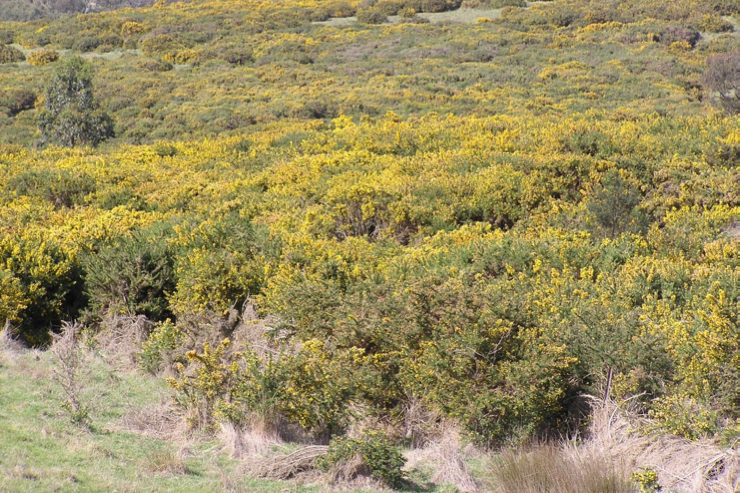Council & Business
29 September, 2022
Funding to boost council pests and weeds program
Central Goldfields Shire Council’s roadside weeds and pest program has received a more than $38,000 boost from the State Government. A total of $38,438 will help the local council with a range of activities along rural roadsides, including...

Central Goldfields Shire Council’s roadside weeds and pest program has received a more than $38,000 boost from the State Government.
A total of $38,438 will help the local council with a range of activities along rural roadsides, including treating and preventing regionally controlled — widespread weeds requiring landowners to prevent spread — and restricted weeds (which cause serious threat to all states and territories), managing rabbit populations and community consultation.
The funding comes from the State Government’s Roadside Weeds and Pests Control Program and was announced by Member for Western Victoria Jaala Pulford last week.
“This funding will support Central Goldfields Shire to carry out important work that protects our rural communities from invasive weeds and pests,” she said.
Central Goldfields Shire manager operations Alan Jones said the local program will be carried out when weather and seasons permit.
“This is the second year of a four-year commitment by the Victorian Government to deliver the program,” he said.
“Council utilises the funding to deliver its annual spraying program which targets specific roadside weeds such as Cape Tulip, Caltrop, Spiny Rush, Gorse, Boxthorn, Blackberry, Briar Rose and Horehound.
“The control program will be carried out when weather conditions, seasonal timing and seed setting is suitable.”
Weeds and pests cost the Victorian economy over $900 million each year by disrupting agricultural production, damaging native biodiversity and contributing to the spread of fires.